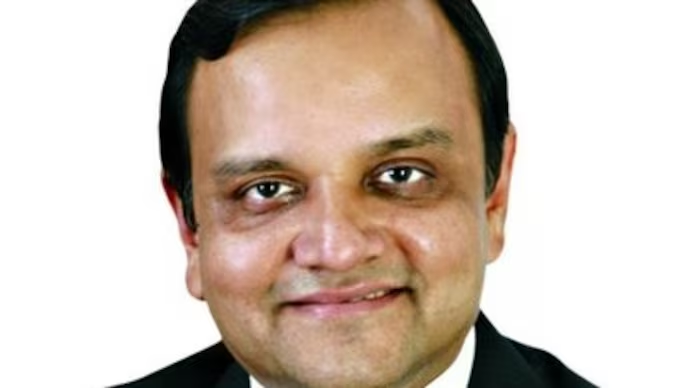The history of monsoon forecasting dates back to 1877 when the Indian Meteorological Department (IMD) initiated its predictions in response to the catastrophic Great Famine of 1876-78, which highlighted the necessity of understanding rainfall patterns. In the late 19th century, Henry Francis Blanford examined the correlation between Himalayan snow cover and monsoon rainfall, making the first long-range forecast in 1886.
Sir John Eliot advanced Blanford's research by integrating local weather data and information from the Indian Ocean and Australia, although his forecasts remained somewhat inaccurate. In 1904, Sir Gilbert Walker introduced statistical models that utilized 28 parameters, recognizing the Southern Oscillation (SO) as a significant factor affecting the Indian monsoon, and he categorized India into three subregions for forecasting purposes.


Following India's independence, the IMD continued to apply Walker's model until 1987, but its effectiveness diminished due to evolving climate patterns and a decline in correlation with essential parameters. In 1988, the IMD transitioned to a new regression model known as the Gowariker Model, which employed 16 variables, yet challenges with regional forecast accuracy persisted.
In 2003, the IMD launched two new models based on 8 and 10 parameters and adopted a two-stage forecasting strategy, which yielded mixed outcomes. By 2007, the IMD had developed a Statistical Ensemble Forecasting System that reduced the number of parameters to enhance accuracy and introduced ensemble forecasts to bolster reliability.
The Monsoon Mission Coupled Forecasting System (MMCFS) was initiated in 2012 to integrate oceanic, atmospheric, and terrestrial data for improved forecasting. In 2021, the Multi-Model Ensemble system was introduced, further enhancing forecast accuracy by amalgamating global climate models, including the MMCFS.















